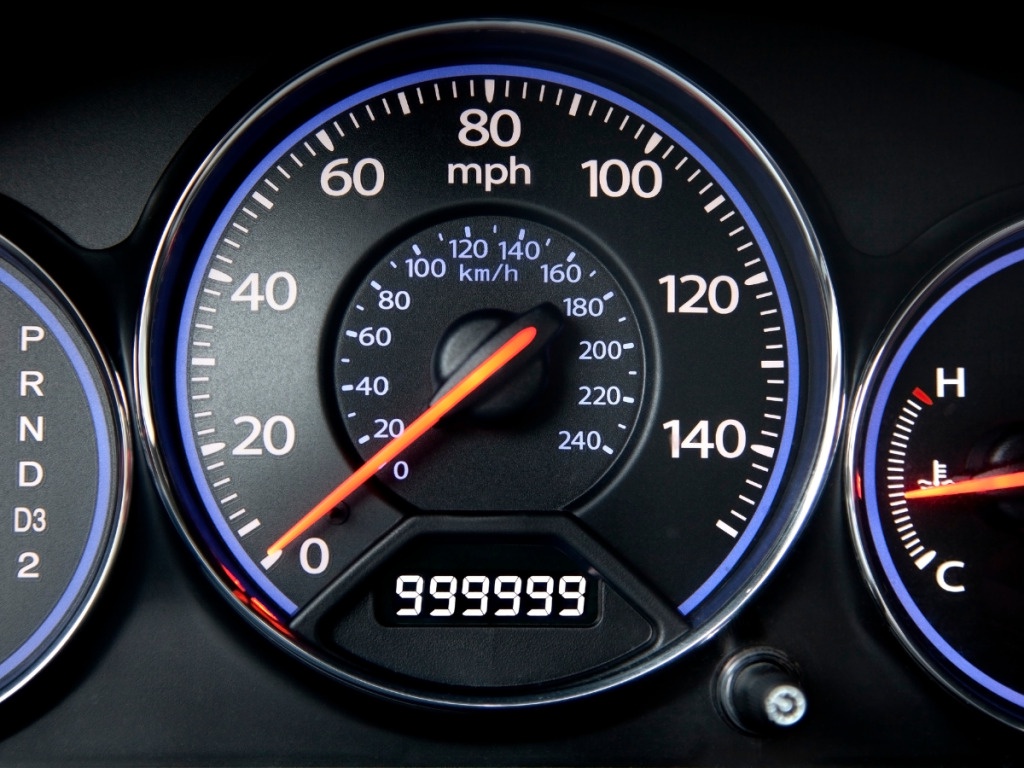Buying a used car is thrilling, but verifying its mileage is crucial. It directly impacts its value and performance. Despite tech advances and regulations, odometer fraud is still a concern.
Odometer rollback involves lowering the displayed mileage on a vehicle's odometer. This deceitful practice aims to boost the car's value. Both manual and digital odometers can be tampered with. The main objective is to inflate the selling price by presenting a car with lower mileage. This exploit takes advantage of buyers' trust. This will lead them to pay more than the vehicle's actual worth. Buyers must recognize this scam. They must also take precautions when buying a used one. It will help them avoid falling victim.
This article will discuss the ground reality of this fraud.
Is it possible to roll back the odometer?
Rolling back odometers to display lower readings is possible. Before the early 2000s, odometer readings were manually adjusted. Despite technological advancements, the process is still possible. Fraudsters can tamper with digital odometers by accessing the car's circuit board. They may remove the circuit board for direct alterations. These deceptive practices exploit vulnerabilities in digital odometers. It allows individuals to deceive buyers about a vehicle's mileage. Both parties involved in the sale must sign the odometer statement in Michigan. Awareness of these methods is crucial for consumers to protect themselves against odometer fraud when purchasing used cars.
Tips to avoid this tampering
Confirming the displayed vehicle mileage's accuracy can be tricky. But checking for odometer tampering before buying is crucial.
Here are some things you need to look at:
1- Verify documents
When purchasing a used car, check its maintenance and inspection records. This document will help review the odometer history. Look for detailed service histories from official dealerships. Sellers are required by law to provide an odometer disclosure statement to buyers. If official records are unavailable, request an odometer check. Reviewing these documents helps you make an informed decision. It also reduces the risk of odometer tampering. Ultimately, this approach ensures the car's reliability.
2- Compare physical wear with odometer readings
Comparing the car's appearance to the odometer reading is crucial. But this is not always straightforward due to potential repairs masking wear. However, checking the gas and brake pedals can offer valuable clues. The odometer disclosure statement is a crucial document in the car-buying process. Examining the tires is also important. If the vehicle has a full-service history from the agency and hasn't been driven much, consider the tire's age.
Final thoughts
Understanding odometer tampering is essential for car buyers. Fraudsters manipulate mileage readings to increase vehicle values. This practice harms consumer trust and finances. This blog helps buyers make informed decisions by revealing tampering tactics. Consumers can avoid odometer scams. They can also ensure reliable purchases with awareness and caution. Education is key in combating fraud and safeguarding consumer rights in the automotive sector. Finally, always insist on receiving a complete odometer statement in Michigan.
Andrew Richardson is the author of this Article. To know more about Mileage Rollback. Please visit our website: allenstewart.com


No comments yet